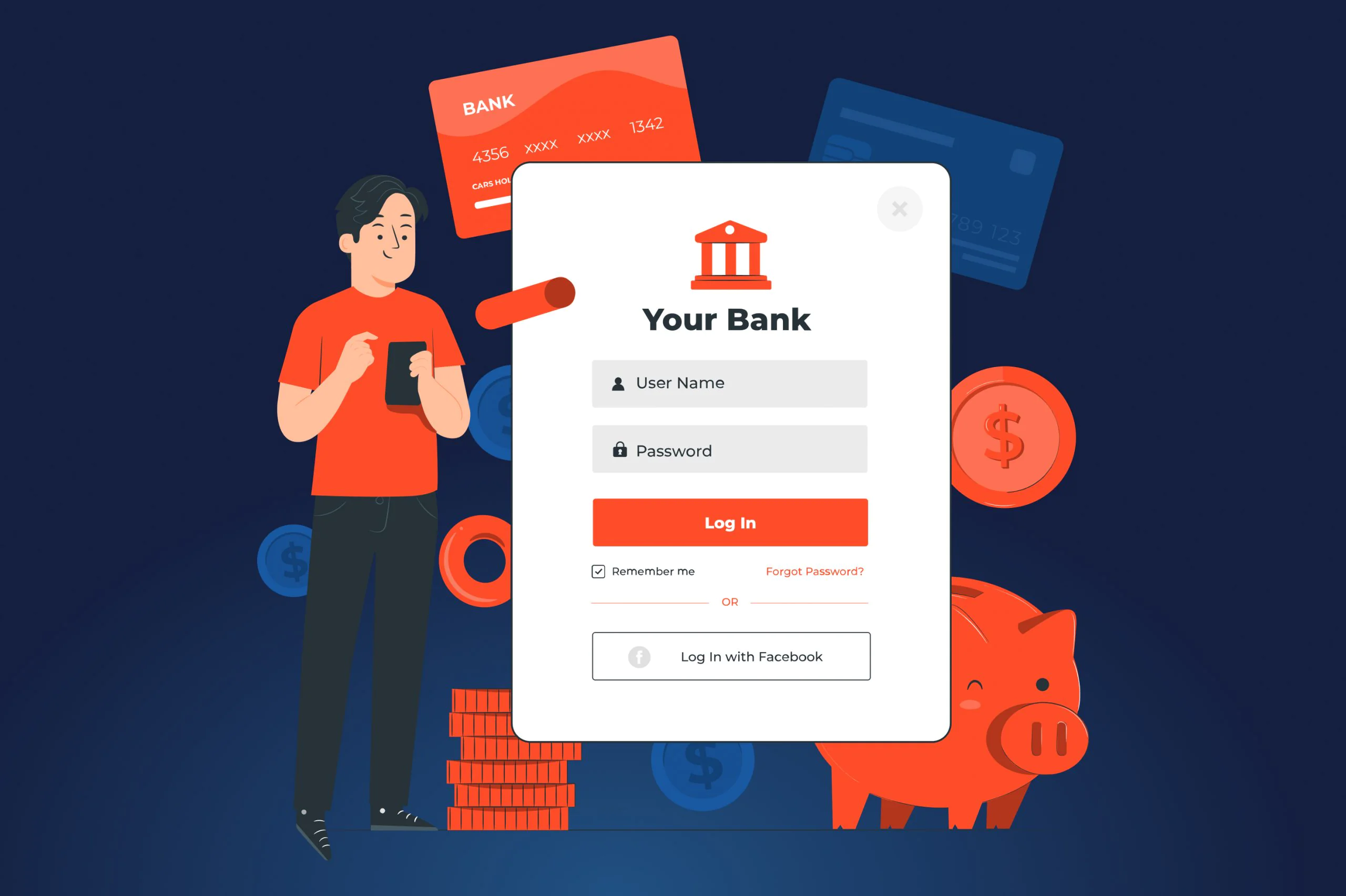Denial, anger, depression, acceptance…People that have ever made international payments with traditional banks are likely to go through all these stages of grief. With cross-border payments, you can spend long days sitting and wondering where your payment is being processed and still suffer from the high costs. The World Bank reports that the average cost of transacting $200 was 6.5% by the end of 2020. After such “amusing” experience, chances are you’ll have a burning desire to put a FedEx tracking chip on each and every transaction.
Modern startups are building solutions that address these challenges, making cross-border payments secure, fast, cheap, and transparent. In this blog post, the JatApp team is going to discuss main challenges associated with international transactions and unravel tempting opportunities for the fintech sector.
Cross-border payment challenges you need to be aware of
Cross-border payments are not that easy as they seem. Compared to domestic payments, clients have to suffer from exorbitant costs, lower speed, lack of transparency, and more security risks. Let’s take a closer look at these challenges, so you can see where opportunities may lie for your upcoming fintech solution.
Cost
One of the main challenges associated with cross-border payment is its sky-high costs. To send money from one state to another, banks cooperate with many intermediaries, which, naturally, translates into higher expenses.
Customers watch their cost mount up, when settling in different currencies. Banks have different backend setups, which determine how money received is converted, where conversion happens (by intermediary or service provider), and how they’re held. For instance, exchange rates may change in an unfavorable way from the moment of payment to the time it’s settled.
Speed
In traditional banks, clients can wait for up to five days to make a cross-border payment. This process is implemented at a snail’s pace, compared to immediate domestic transactions. As so many parties are involved in a single payment transaction, a client from, for example, Brazil who wants to transfer money to Canada needs to patiently wait when their funds will go through, say, Venezuela, Mexico, and the United States first. Since it’s a lengthy multi-step process, it’s more likely that there will be a delay at some point.
It’s worth noting that most banks today use the Society for Worldwide Interbank Financial Telecommunication (SWIFT) network for cross-border payments. With the SWIFT global payment initiative (gpi), transactions are carried out within one day, if not several minutes. But there’s a big but. Even though the technology helps to move the needle on tackling the low speed of cross-border payments, there are still some countries and regions that don’t have the SWIFT system.
How SWIFT works
Transparency
When a client makes a cross-border transaction, they are entering the void, basically. Most customers can’t track their payments and have to wait several days until they can sigh with relief and see the cherished word “delivered”. The SWIFT and EuroFinancy survey suggests that 47% of respondents want to have better transparency regarding costs, while 64% of companies expect payment tracking abilities. Having such a transparent process in place assures clients that there are no hidden costs.
On a side note, transparency also helps companies to address errors that affect their profitability. As an example, understanding why specific payments are denied or need investigation will enable businesses to reconsider their processes, as well as save costs and resources.
Security
Both clients and banks want to be sure that their money won’t vanish into thin air. The main challenge is that every country has its own regulations regarding cross-border payments, meaning that there’s a high security risk when funds enter a state with soft policies. Moreover, if a hacker succeeds in stealing funds from a cross-border payment pathway, chances are banks won’t be able to recover stolen money.
Even though banks have Customer Due Diligence and Know Your Customer (KYC) checks, frauds still keep happening now and then. This has made banks balance between checking client data too much and not checking enough. Today, many banks consider client experience extremely important and therefore may refrain from requesting a sufficient amount of client data in order to add convenience to the process. Certainly, this results in higher risks of transfers being hacked.
KYC checks
Juicy opportunities for fintech startups
Over the last few years, fintechs aim to make cross-border payments faster and cheaper. Two methods have been used to achieve this ambitious goal: through solutions that have cross-border payment systems disconnected from traditional bank networks and through fintechs that enable customers to access bank services more easily.
Solutions that have their own cross-border payment networks
Let’s take a look at specific examples of market disruptors that sidestepped traditional banks, letting clients enjoy secure cross-border payments.
Wise
Since Wise has a network of accounts worldwide, recipients are giving money from local accounts. This means the funds never have to cross the borders. Compared to conventional foreign exchange methods, money transfers are sent quickly, either instantly or within two days.
Wise also helps its clients to cut down costs significantly. The company reports helping users save nearly $1 billion a year in cross-border payment fees, compared to payment methods practiced by traditional banks.
Wise functionality
Ripple
Ripple cooperates with business clients and banks to provide a blockchain-based cross-border payment platform. Its payment network, RippleNet, relies on the blockchain technology to transfer funds instantly, while offering real-time payment status and transparent commissions.
RippleNet also provides its clients with the liquidity service with the help of cryptocurrency, XPR, that serves as a link between two currencies. The company lets clients send international payments within three seconds. What’s more, Ripple’s customers pay less than 1% of cost, which is a huge competitive advantage of this cross-border payment system.
How Ripple works
Fintechs helping businesses connect to bank-led cross-border payment rails
To make cross-border payments easy, you don’t necessarily need to reinvent the wheel – you may build a solution that helps users connect to bank cross-border payment networks. Focusing on the user experience is a great strategy to stand apart from legacy banks.
Payoneer
Payoneer processed a staggering $44 billion in the transaction volume in 2020, 80% of which was cross-border payments. Payoneer’s chief strategy officer, Charles Rosenblatt, claims that the company doesn’t feel like they need to opt for alternative rails to the traditional banks. The platform uses SWIFT for cross-border money transfers but concentrates more on better user experience (UX) and user interface (UI). To compete successfully with legacy banks, Payoneer invests heavily in customization and advanced functionality for mass payouts.
Payoneer functionality
Turn cross-border challenges into your business opportunity
Fintechs that focus on cross-border payments have become serious competitors to traditional banks, most of which lack innovative features, user-friendly interfaces, and transparency. Since banks rely on multiple intermediaries in the payment process, clients suffer from high costs and lower speed. Fintech startups capitalize on allowing users to minimize their expenses and avoid delays. With agility and technology capability, fintech companies are having the star time in today’s cross-border payment industry.
If you are looking for a software development company to build a robust cross-border payment solution, JatApp got you covered. Our agency has a talented team of developers that are programming ninjas of the fintech sector. They completed more than 200 projects and managed to earn a 99% client satisfaction rating over seven years. On Clutch you can find many rave reviews from our fintech clients. Here’s one of them:
“I feel that I could throw anything at JatApp’s team. Some ideas will be taken further and some not, but they always know what they’re doing. They’re true professionals and always find time to look into new directions for me”.
If you want our help, please, don’t be shy and press this contact us button.








